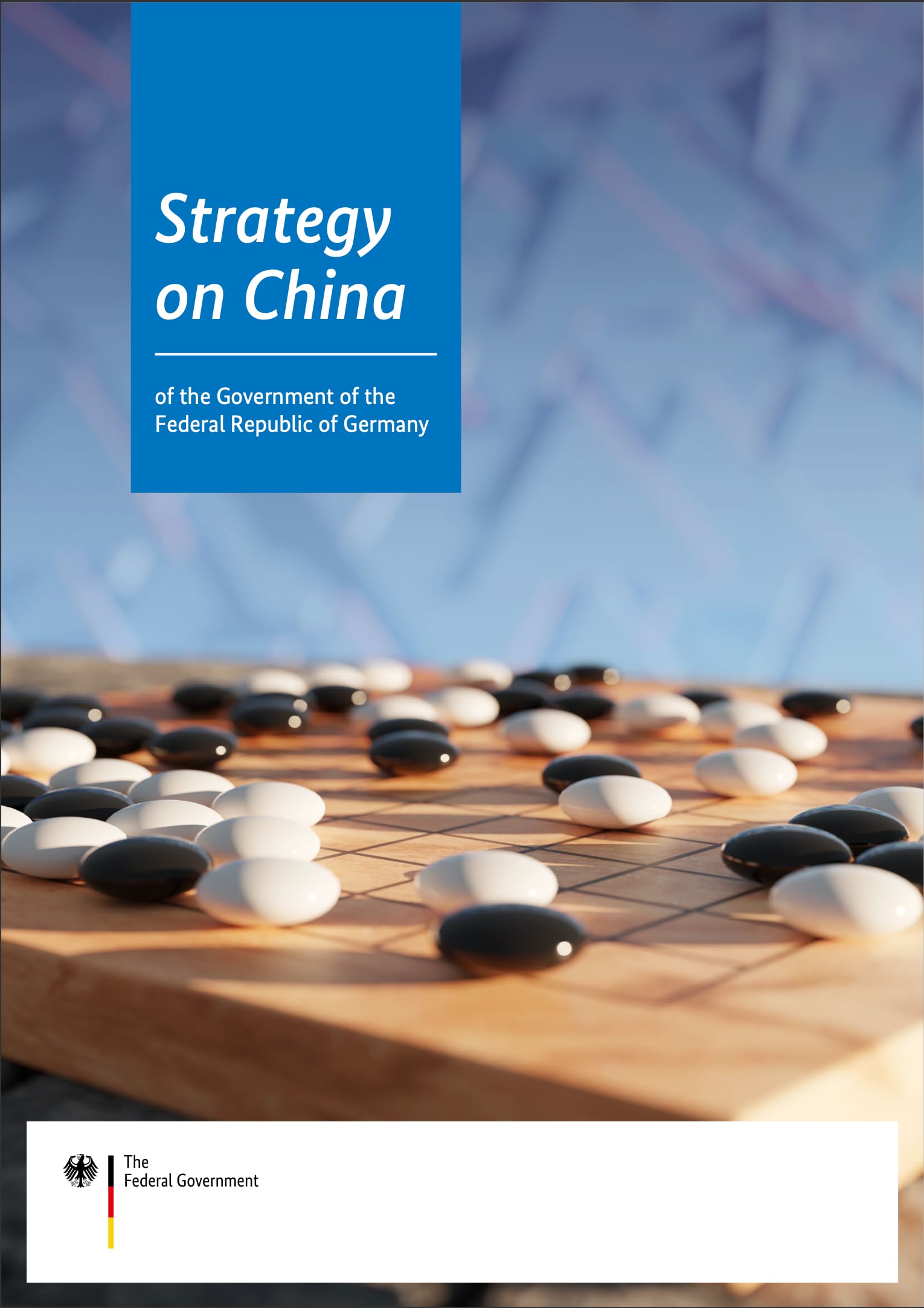Dynamics: Mastering Values, Leadership,
and Change» (ISBN-13: 978-1405133562)

Germany recently unveiled a new strategy document* outlining its policy towards China. This highly anticipated strategy comes at a time of rising tensions between the West and China on issues ranging from human rights to technology competition. In formulating this policy, Germany aimed to strike a balance between competing economic and political interests while asserting its values.
An analysis of Germany's China policy through the lens of Spiral Dynamics, a theory of human development, reveals that the strategy incorporates multiple value systems rather than adhering to a single worldview. Elements of safety and security (Purple), law and order (Blue), opportunity and success (Orange), equality and sustainability (Green), and complexity and functionality (Yellow) can all be seen in the policy's stated goals and approaches.
This multifaceted perspective shows that Germany is adopting a nuanced, sophisticated strategy towards this complex relationship rather than a simplistic friend/foe dichotomy. The policy attempts to balance concerns about China's authoritarianism and human rights violations with the need for engagement on issues like climate change and global health. It also seeks to reduce economic dependence on China while avoiding outright decoupling.
| Color | In a life | In a business |
| Turquoise | The Global vision | Synthesis |
| Yellow | Flexible stream | Win-Win-Win behaviour |
| Green | Interpersonal relations | Social networks |
| Orange | Competition | Project management |
| Blue | The power of truth | Business Process Management |
| Red | The rule of force | Starting up a personal business |
| Purple | Family relations | Family relations |
| Beige | Survival | Own farm |
By integrating various value systems and interests, Germany's policy reflects the intricacy of interdependence between these major powers. How well this strategy navigates between cooperation and competition with China remains to be seen. But the deliberate incorporation of different developmental levels and priorities shows Germany is thinking deeply about crafting an adaptive yet principled policy for this era of growing great power rivalry.
| Spiral Dynamics Color Model | Quotes from Germany's China Policy | Page Number |
| Beige | No clear connections to this level in the policy. It focuses more on higher levels of development | - |
| Purple | "Germany's security is founded on our ability to act, the inner cohesion of the EU, the further strengthening of the transatlantic alliance, the profound friendship we share with France and our close partnership, based on mutual trust, with the United States." | 55 |
| Red | "China combines great economic, technological, military and political power." "It [China] is deliberately bringing its economic power to bear to achieve its political goals." | 10 |
| Blue | "Protecting the rules-based international order on the basis of the Charter of the United Nations, universal human rights and international law, as well as protecting the UN system" "Compliance with international law: Compliance with international law standards and agreed commitments forms the basis for peace and makes international relations predictable." | 11, 12 |
| Orange | "We can place our trust in the strength of our liberal democratic order and the social market economy." "Our values and interests: We see women’s rights and the rights of marginalised groups as a yardstick for the state of a society." | 11, 12 |
| Green | "Protecting our natural resources is a priority of all our policies, including foreign policy. We see this as a key area of our cooperation with China, as environmental protection and the swift and sustainable decarbonisation of our societies are in our mutual interest and that of the entire world." | 12 |
| Yellow | "China is simultaneously a partner, competitor and systemic rival for the Federal Government." "Systemic rivalry with China does not mean that we cannot cooperate. On the contrary, the Federal Government is seeking to cooperate with China on the basis of fair conditions." | 8, 11 |
| Turquoise | No clear connections to this level in the policy. It focuses more on higher levels of development | - |
